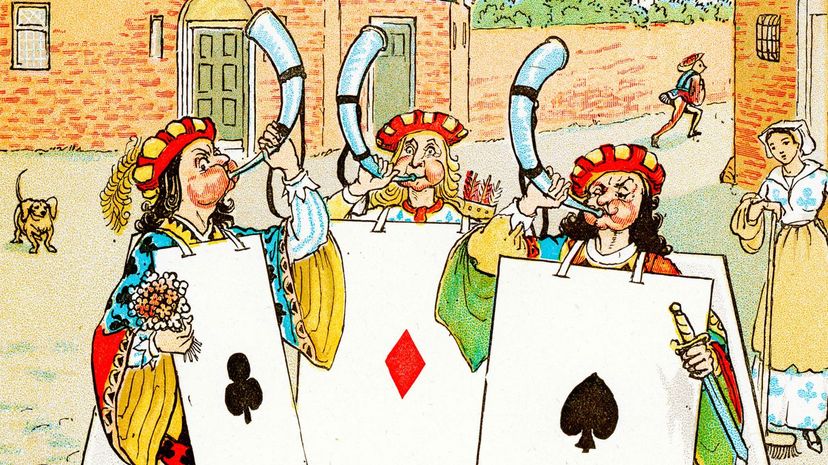
About This Quiz
Nursery rhymes have long been used to help soothe restless babies and send drowsy children off to sleep. They're generally very innocent-sounding ditties about lambs, pigs, goats and other barnyard animals. They're often musically simple and easy to remember. Of course, true aficionados of the form know that some of them have very dark origins. For example, "Ring a Ring of Roses" is actually a song mocking the horrors of bubonic plague. Still, the result is a charming song that is fit for the playroom and the under-8 audience.
How well do you remember these ditties? Your parent or guardian likely sang most of the most popular ones to you hundreds of times, but that was a long time ago, and it's often hard to recall things precisely from early childhood. If you have kids of your own to look after, you may have brushed up more recently, but getting the songs word perfect can still be a challenge. After all, it's not as though your toddler is going to correct you (at first, anyway).
That's why we've put together this quiz — to see whether you remember the best nursery rhymes of them all, and if not, to help you figure out which ones you need to review before a wisecracking four-year-old looks down on you for the gaps in your knowledge. Let's get started!

This is probably a rhyme about Queen Mary I, the daughter of Henry VIII, though others say it is about Mary, Queen of Scots. This would date it to the late 1500s, though it is first found in an official book around 1744 when it appears in "Pretty Song Book."

Dating back to 1743, this is probably a song about Oliver Cromwell's hapless son Richard. He was known as "Hickory Dick" and had a rather pitiful career as his father's short-lived successor as Lord Protector. The song is thus about how he didn't take very long to run out the clock on his nine months in power.
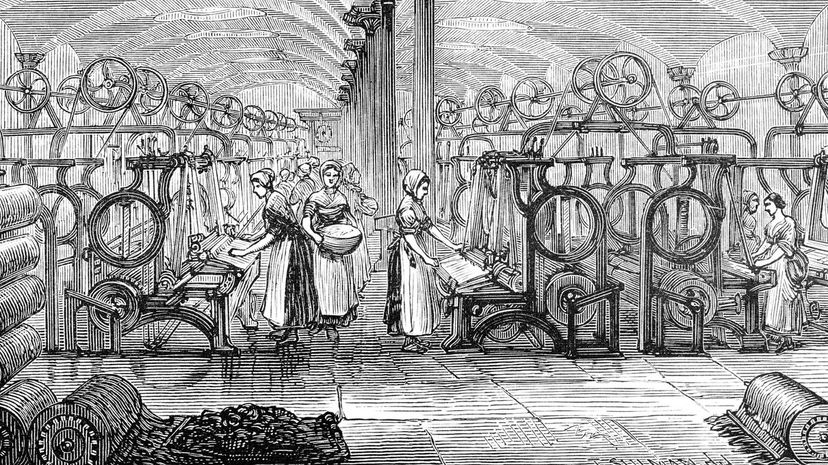
This song used to be all about wool and the English economy, and ended thus: "And none for the little boy who cries down the lane." The master and the dame are the king and the church, and the little boy is the ordinary worker, thus gets nothing. This was not very child-friendly, hence the more positive ending.
Advertisement
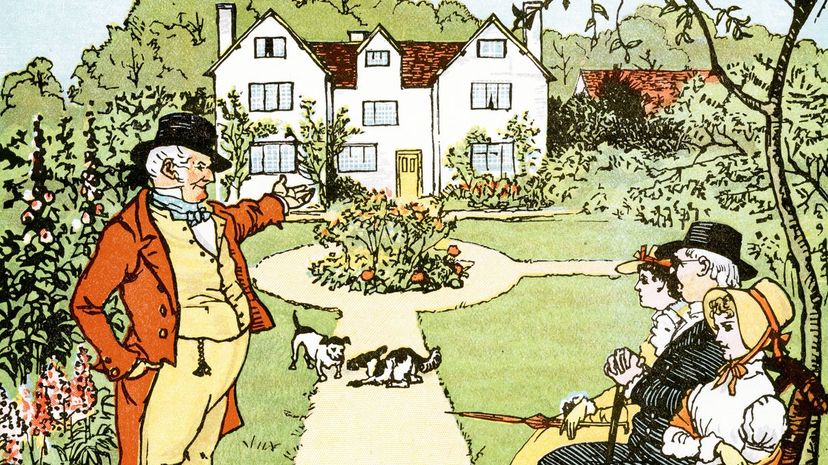
This 16th-century rhyme is what is known as a "cumulative tale" when each verse adds another layer. It does not have an agreed melody but is still popular as a rhyme practiced with children, to teach memory and breath control!
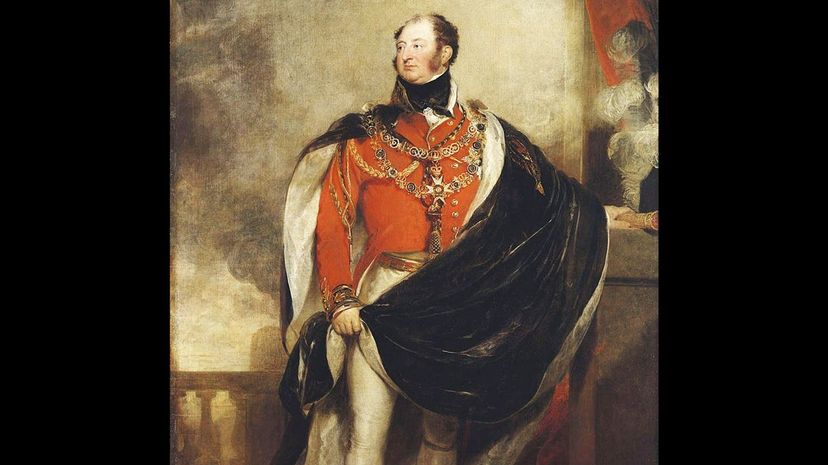
This song dates back to the Wars of the Roses and mocks the Duke of York, then Richard III. By referring to him as a duke, it refuses to acknowledge the legitimacy of his reign. Richard made a foolish tactical mistake in giving up the high ground in a battle, which the rhyme commemorates.
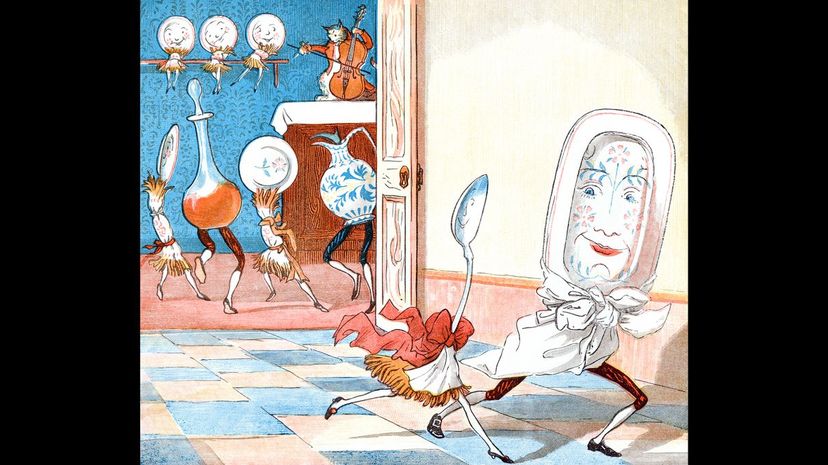
Originally "High Diddle Diddle," this song dates back to 1765. It is not quite clear what it means, but it is likely the origin of the saying "over the moon" to mean that you are extremely thrilled about something. It is possibly just a nonsense poem designed to be fun.
Advertisement
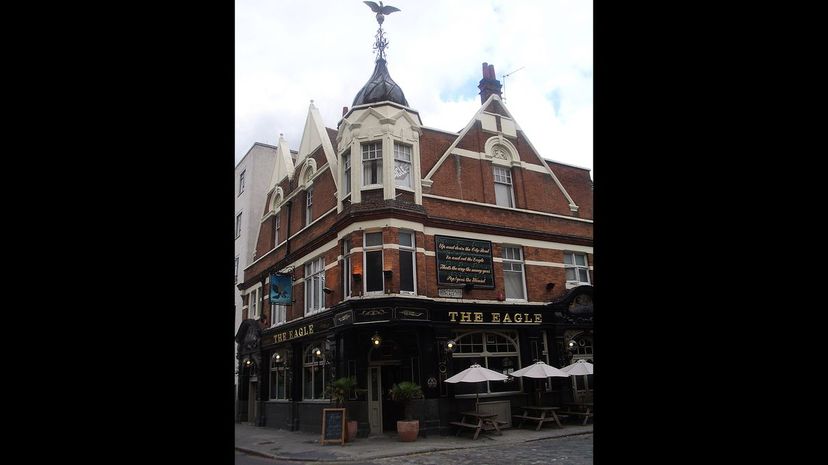
The oldest version of this song has a different lyric, going: "Up and down the City Road, In and out the Eagle." This is probably a reference to the Eagle pub in North London. It may be a song about drinking, but its original meaning is unclear. It included a dance that was popular in Victorian times.
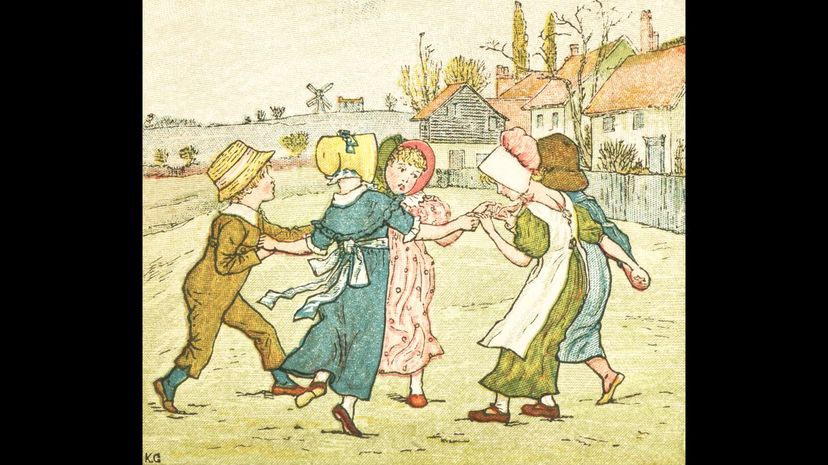
This song goes back to the 1700s and is part of the Mother Goose collection. There is an older and shorter version in which the singer catches a hare instead of a fish, and the version we all know today is actually collected by an American nursery rhyme expert named Henry Bolton. The original rhyme predates the USA, however, and has always been sung in the UK.
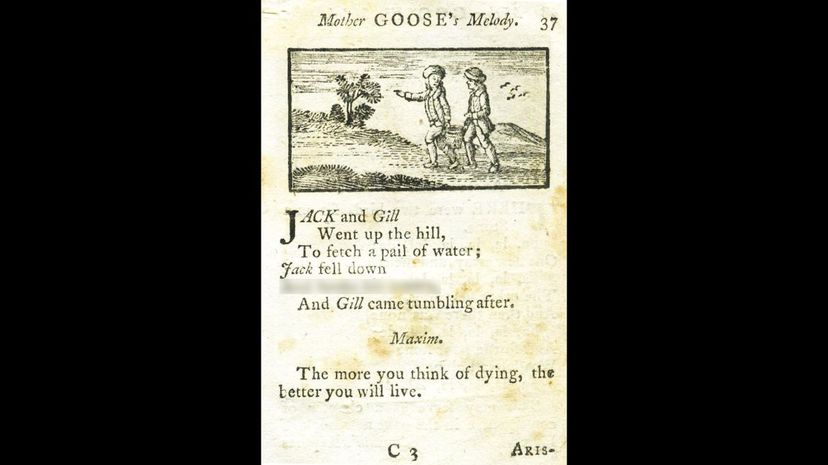
This is a rhyme from the famous collection by Mother Goose, and in some older versions, it features two boys, Jack and Gill. The full version includes Jack and Jill picking themselves, dusting themselves off, and getting that water, so it is really a song about persevering!
Advertisement
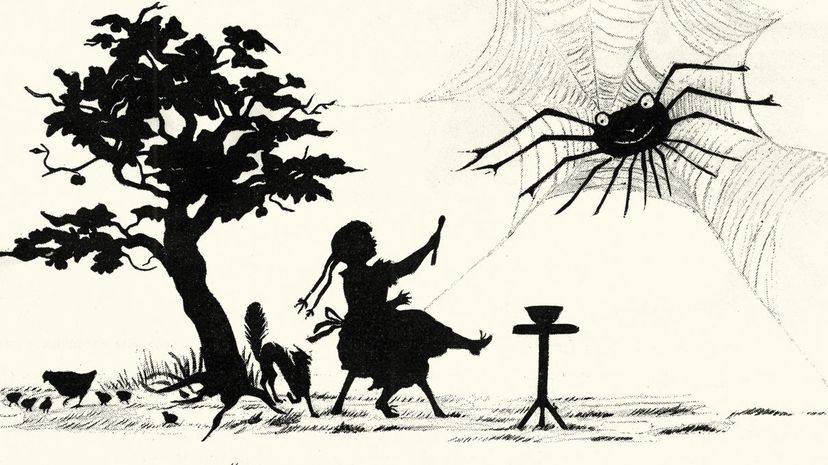
It is believed that this rhyme hails from a Dr. Thoms Muffet, whose daughter was scared of a spider. It has been around since the 16th century but remained not officially published until 1805, when it appeared in "Songs For The Nursery."
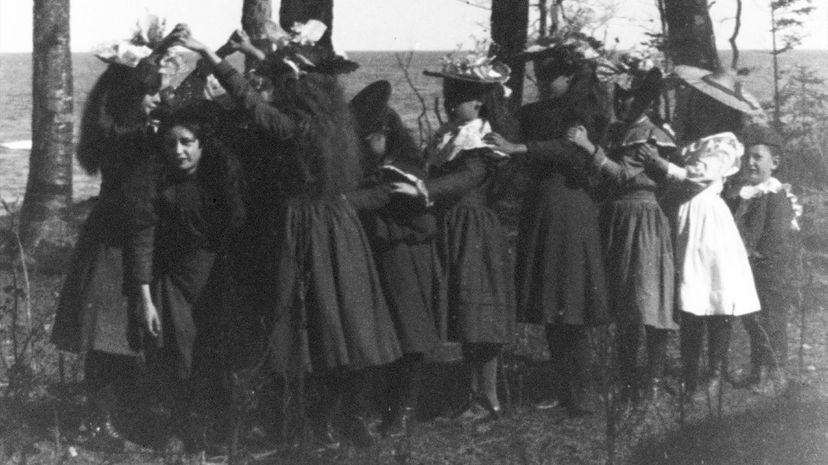
Some people say that this is an incredibly macabre song about the burial of children's remains in the foundations of London Bridge. Others say the notion that the bridge may fall down goes back to the Middle Ages. Nobody can say for sure, and the mystery, like the original bridge, is lost to the time.
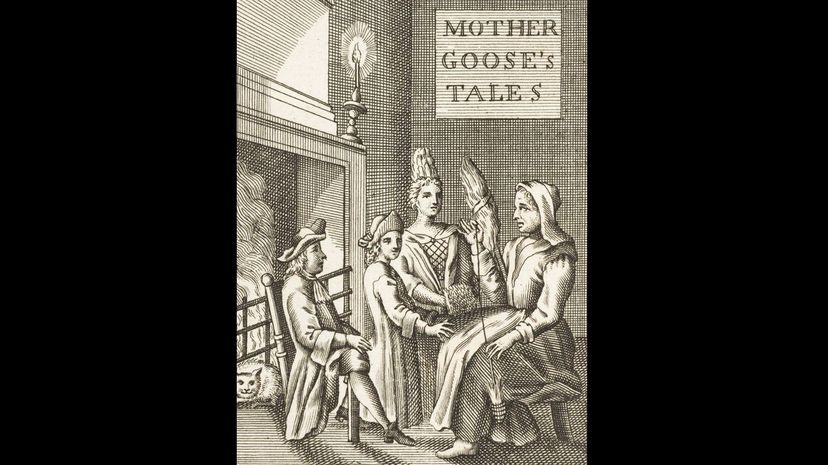
According to English legend, this song is about a family who lived in a real-life yew tree in the 1700s and genuinely used a branch as a cradle. However, the American origin story is different, suggesting that this may well be nonsense. Either way, we know the more positive ending in which the mother catches the baby is a more modern addition.
Advertisement
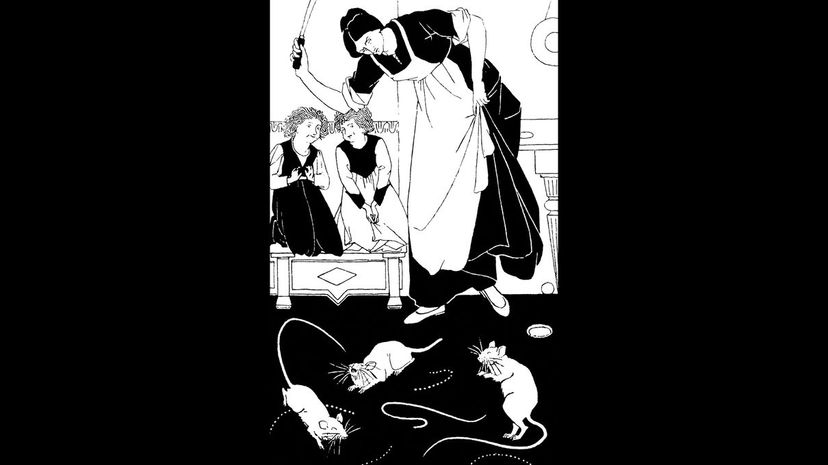
This song dates back to 1609 and was published by Thomas Ravenscroft, though it is not clear who wrote it. The blind mice are probably three Protestants who were put to death during the religious wars of the Tudor period, known as the Oxford Martyrs.
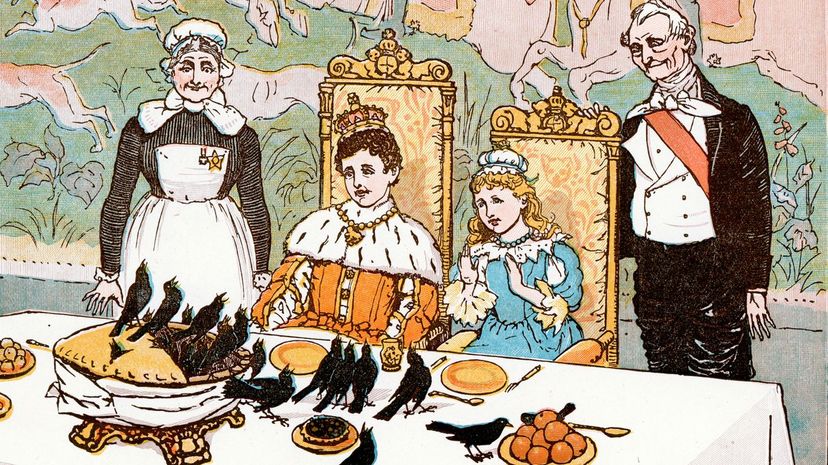
This is another song from Tommy Thumb's "Pretty Song Book," though before there were blackbirds in the pie, there were four-and-twenty naughty boys! "Sing A Song Of Sixpence" also has a dubious connection with some lines in Shakespeare's "Twelfth Night," when Sir Toby Belch pays sixpence to get a song.
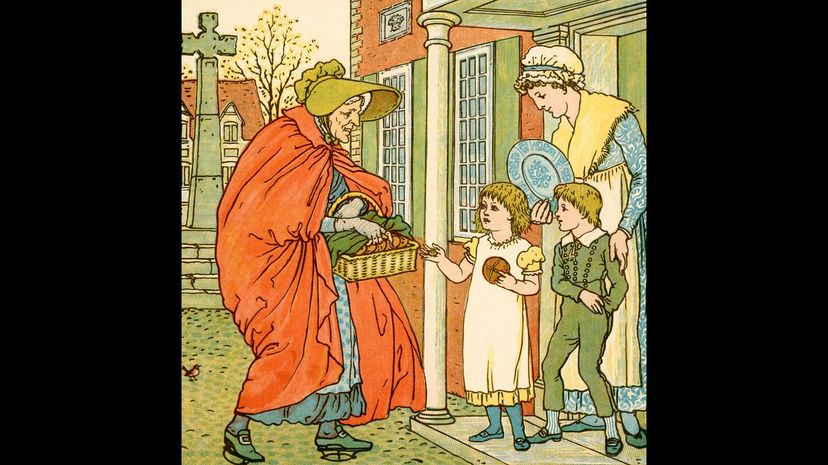
This is a song for Easter and refers to the traditional hot cross buns eaten at that time. It appears in "Poor Robin’s Almanack for 1733," but the lyric is a little different. It reads: "Good Friday come this month, the old woman runs, With one or two a penny hot cross buns."
Advertisement

There is a mention of Bo Peep in "King Lear" by William Shakespeare, but it's not clear that the song is necessarily old enough to be the origin of the Bard's reference. Little Bo Peep was published around 1810, but it is definitely considerably older than this, most likely being from the 1700s.
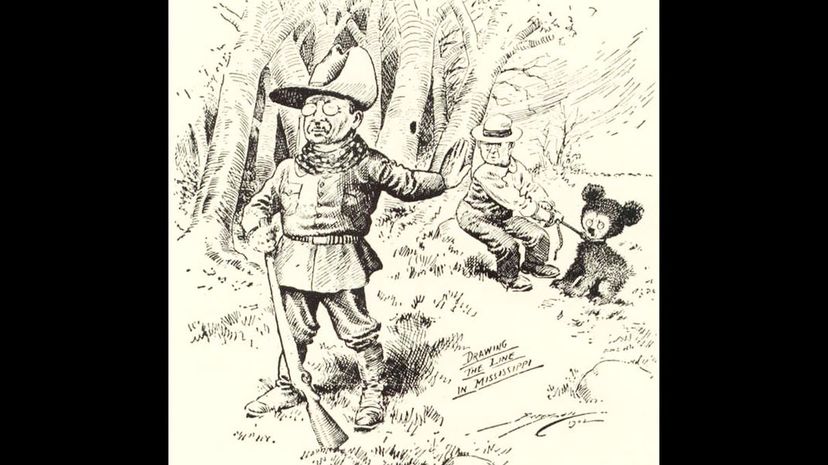
The teddy bear did not exist until President Roosevelt inspired its invention, so we know this is a younger song, by comparison to many of the nursery rhymes on our list. It hails back to the 1940s and is accompanied by hand gestures and a very rascally attempt to tickle the person to whom it is sung!
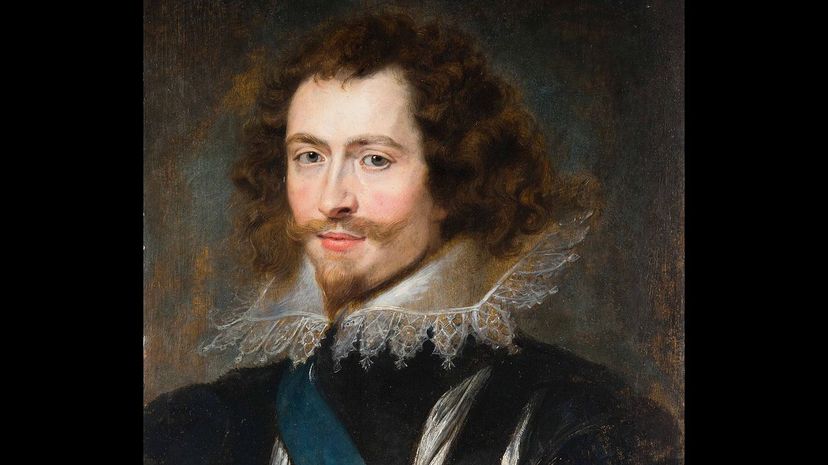
This is a scathing song about the Duke of Buckingham, George Villiers, whose affairs with powerful women caused him all sorts of problems once their husbands found out. He eventually got on the wrong side of Parliament and was thus chased out of his position of influence.
Advertisement
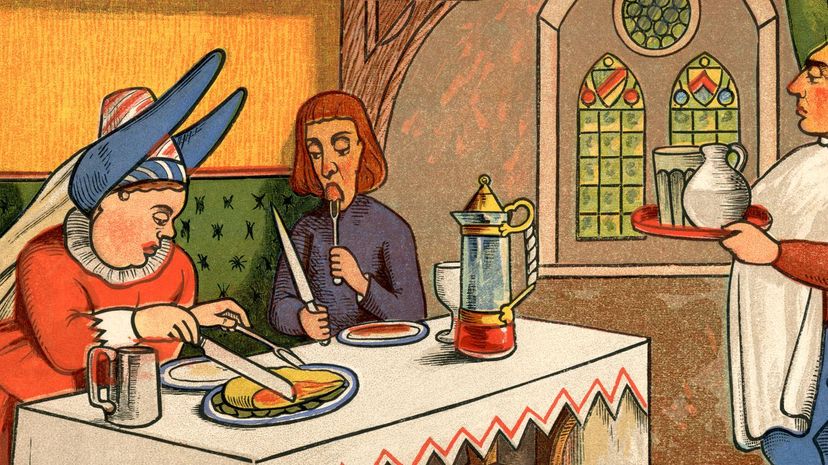
This song is believed to refer to Charles I, who could not get any "fat" (i.e., money) from his Parliament to go to war with Spain. His wife forced through a war tax, and thus the two of them were deemed to have "licked the platter clean." However, other versions of the origin story that refer to Richard the Lionheart.
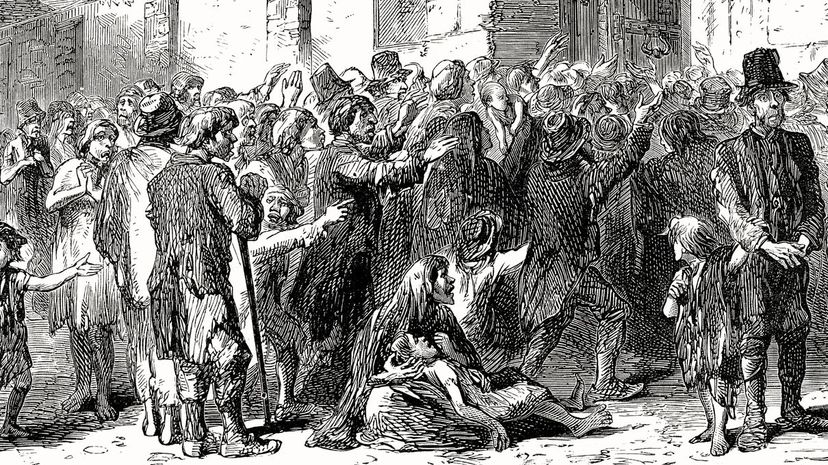
It is likely that this song, published in 1906, is considerably older. Its lyrics referring to hitting the Irish (the "paddywhack" part) may go back to the Irish potato famine when itinerant Irish would risk being beaten as they moved around trying to make enough money to get by. "Rolling home" may also refer to coming back drunk from the pub!
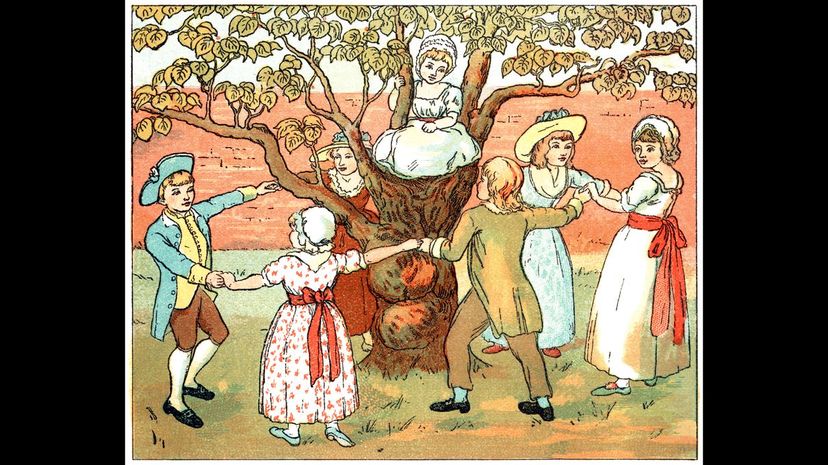
This is most likely a song about female prisoners at Wakefield Prison. They were forced to run round and round the mulberry bush in the prison yard to get exercise, even in "cold and frosty" weather. It sounds less fun once you know the origin!
Advertisement
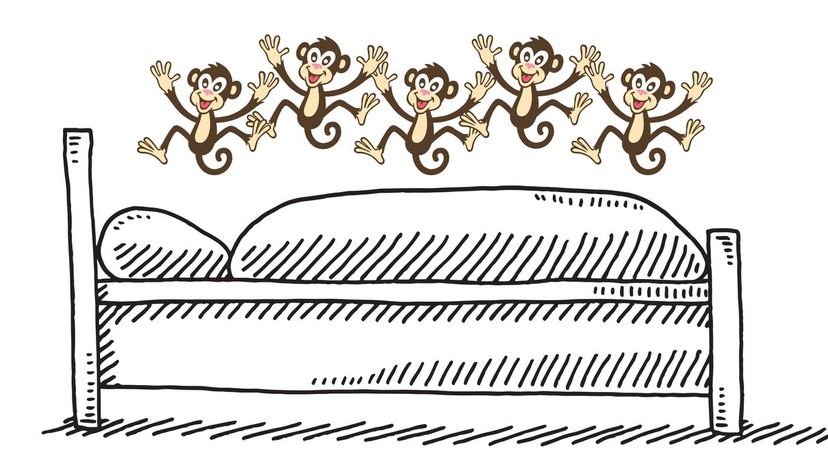
There is no clear origin to this song, which remains popular due to being a great teaching tool. There are accompanying gestures that help children to learn their numbers as the verses count down the monkeys. There is also a handy warning about not jumping on the bed!

This song comes from Tommy Thumb's collection, "The Little Song Book." It is similar to "Little Bo Peep," and is likely not about sheep. It's probably political and may be instead a scathing reference to Cardinal Wolsey.
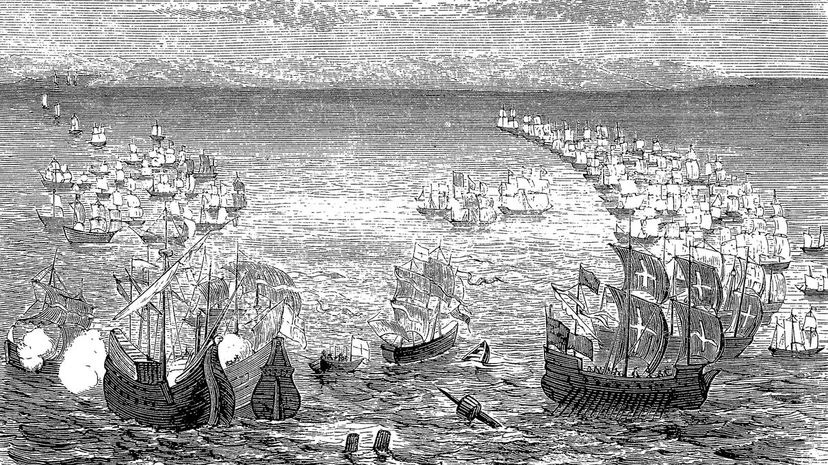
This song probably dates to the Tudor period, when the Spanish Armada set out to attack and conquer England but was thwarted by bad weather. The fleet was destroyed and the English monarch, Elizabeth I, survived. It is unclear who the hypothetical speaker is, as the rain certainly favoured the English.
Advertisement
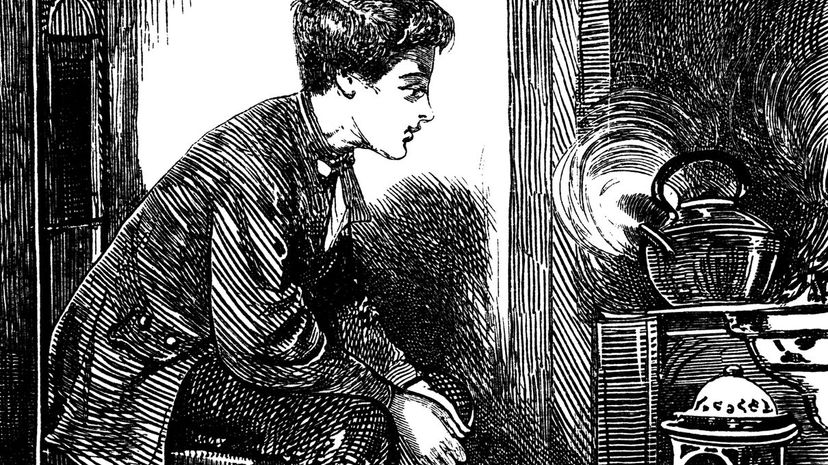
This rhyme dates to 1797 and is probably about a family in which the girls would regularly find the boys taking over the space they shared to play. Polly, one of the daughters, would put on the kettle to trick the boys into thinking it was teatime. In the second verse, sister Sukie takes the kettle off. The girls have merely tricked the boys into giving up the playroom to their game instead!
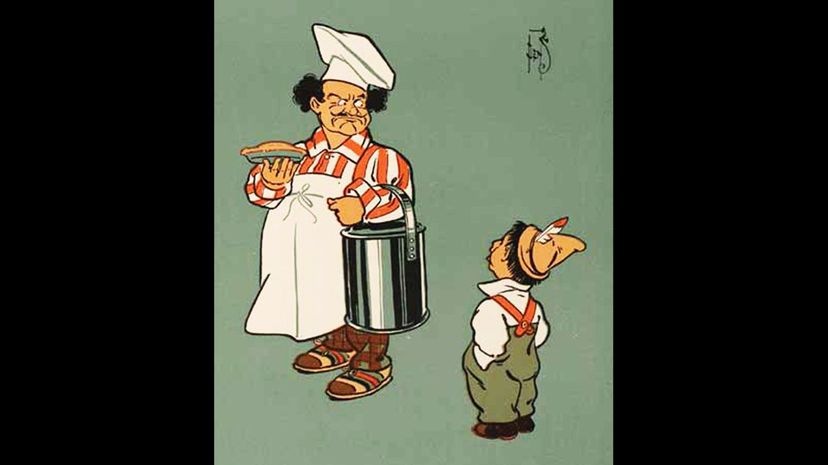
We do not know how Simple Simon came about, though the character appears in more than just this rhyme. In 1865 there was a book about a Simple Simon who undergoes all sorts of disasters. The character is older, however, as there is a collection of poems from 1764 that contains the original rhyme.
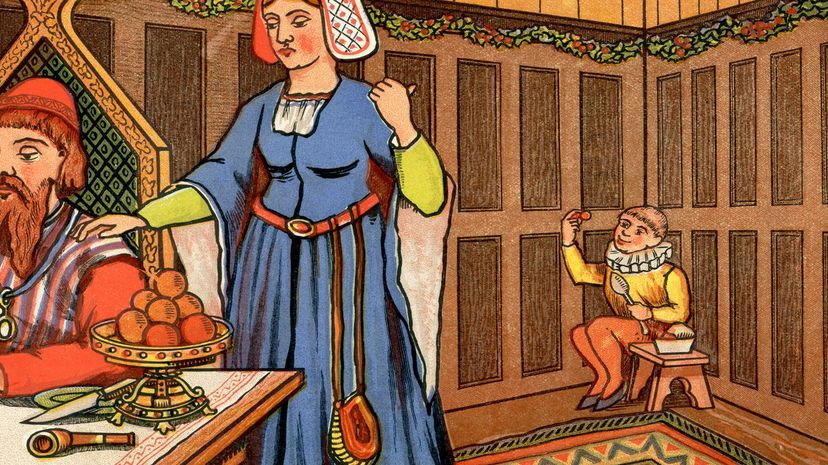
This song is believed to be a satire on a poet of the early 1700s, Ambrose Philips. He made a living writing cutesy verse for the children of the wealthy, so this poem makes fun of that sort of writing. However, Jack Horner is a character from an earlier fairy tale, so the origin is somewhat unclear.
Advertisement

The "crooked man" is likely a reference to Sir Alexander Leslie, who was a Scottish lord who negotiated a semi-autonomous situation for Scotland during the reign of King Charles I. The "stile" is the border of Scotland and England, where tension ran high at that time.
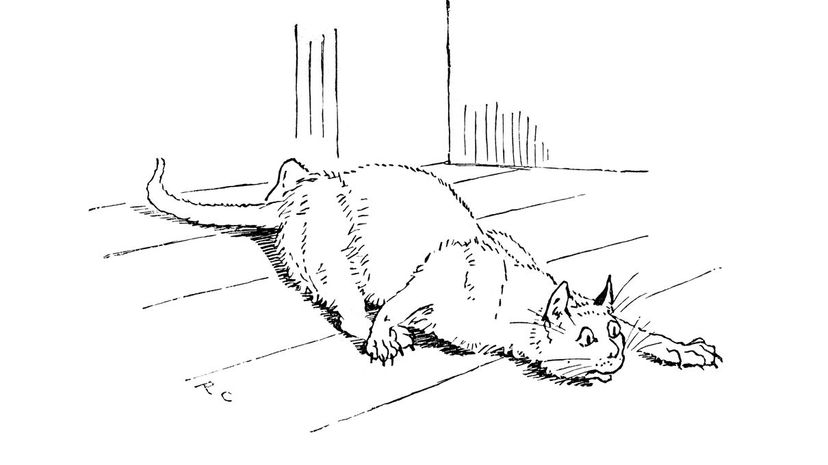
This song has a charming origin story. It is about how Queen Elizabeth was once startled by a cat that belonged to one of her ladies-in-waiting. The owner had not controlled the cat well, and it got into the throne room and surprised the Queen. Elizabeth forgave it for making her jump and bestowed upon it permission to roam the castle, keeping the number of mice down.
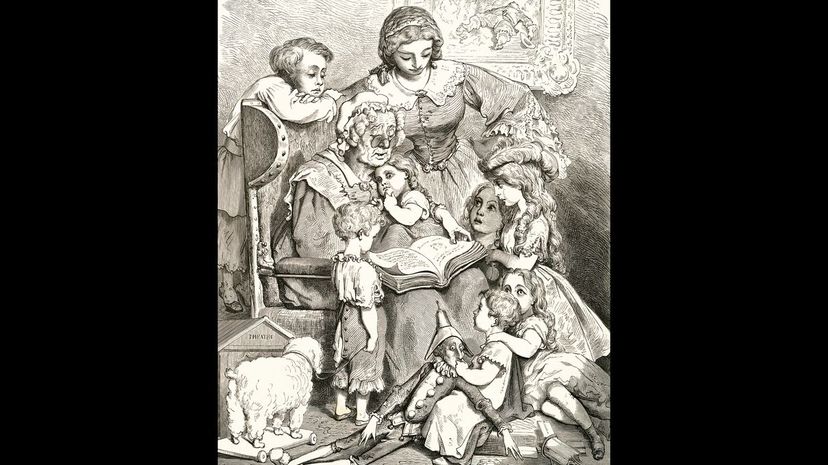
It is not known where this song came from, but it is unusual that it refers to "my son John." Most nursery rhymes refer to "Jack" instead of John, as this was a more common nickname for younger boys of that name. The song is believed to be just a cute nonsense poem popular in the nursery!
Advertisement
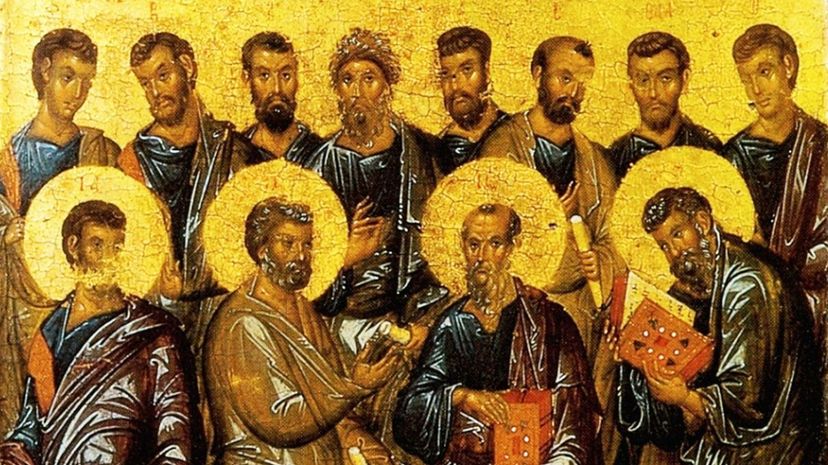
This song is equal parts nursery rhyme and Christmas carol, due to its 12 parts. It is a cumulative tale, meaning each verse gets longer, and the proper way to sing it is to tackle each verse in a single breath. The song is probably around 400 years old, and a few versions appear around the UK.
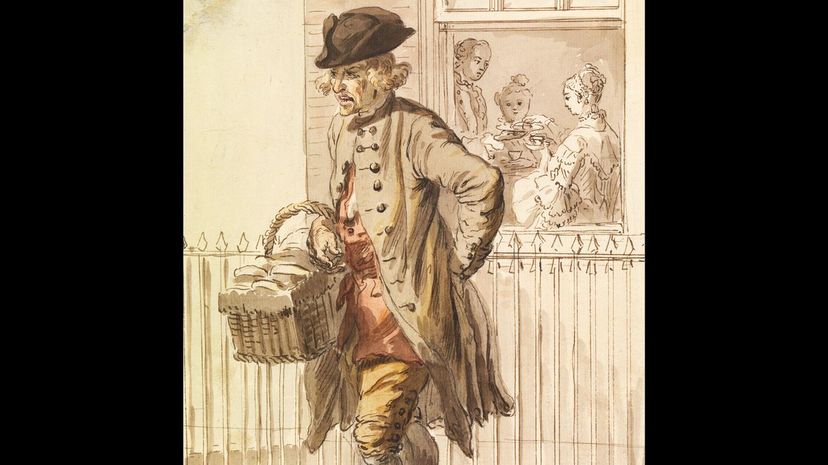
This song dates to 1820 and refers to the practice of delivering baked goods in the morning to those residences that could not afford their own ovens. This meant that the muffin man was wise to live on Drury Lane, which was full of poor people who would want his services. It is now among the most exclusive streets in London.

"Little Tommy Tucker" was a generic way of referring to an orphan. It was hard for such children to grow up into marriageable men as they did not have good families or any money. This song dates to 1829 and is a harsh commentary on the unfairness of the time.
Advertisement
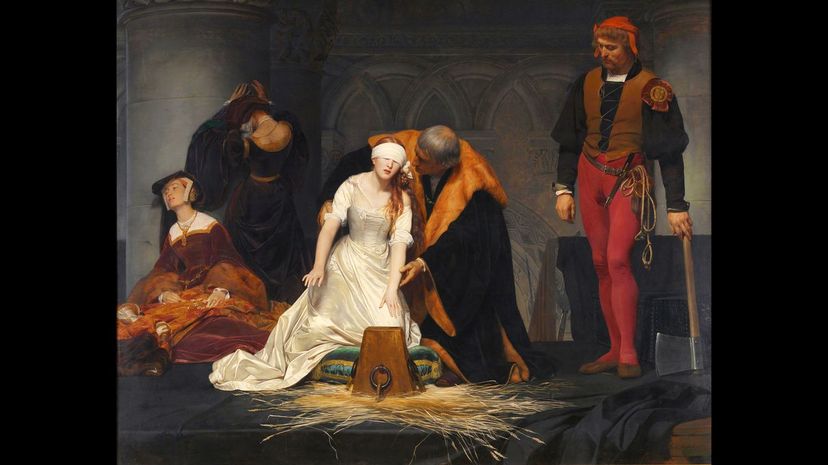
This song references the great churches of London, and some say it is about the beheadings that befell two of Henry VIII's wives. It appears in the "Pretty Song Book" by Tommy Thumb, but it is certainly older than this. Some of the churches have been changed over the years, and the song remains somewhat mysterious.
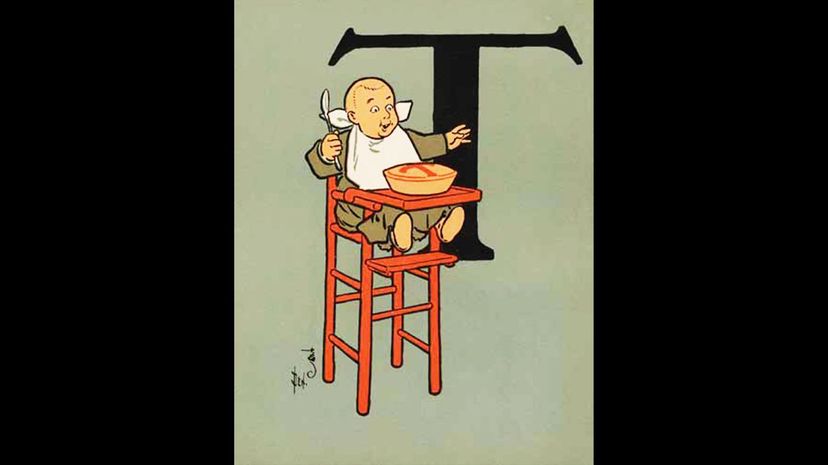
This song appears in "Mother Goose's Melody" in 1765 with the line "mark it with a T ... ", but it was around in the 1690s. It's possibly about how families did not always have an oven and had to use a communal one, which would be owned by a baker. The "B" or "T" would mark the cake for the family who made the dough.